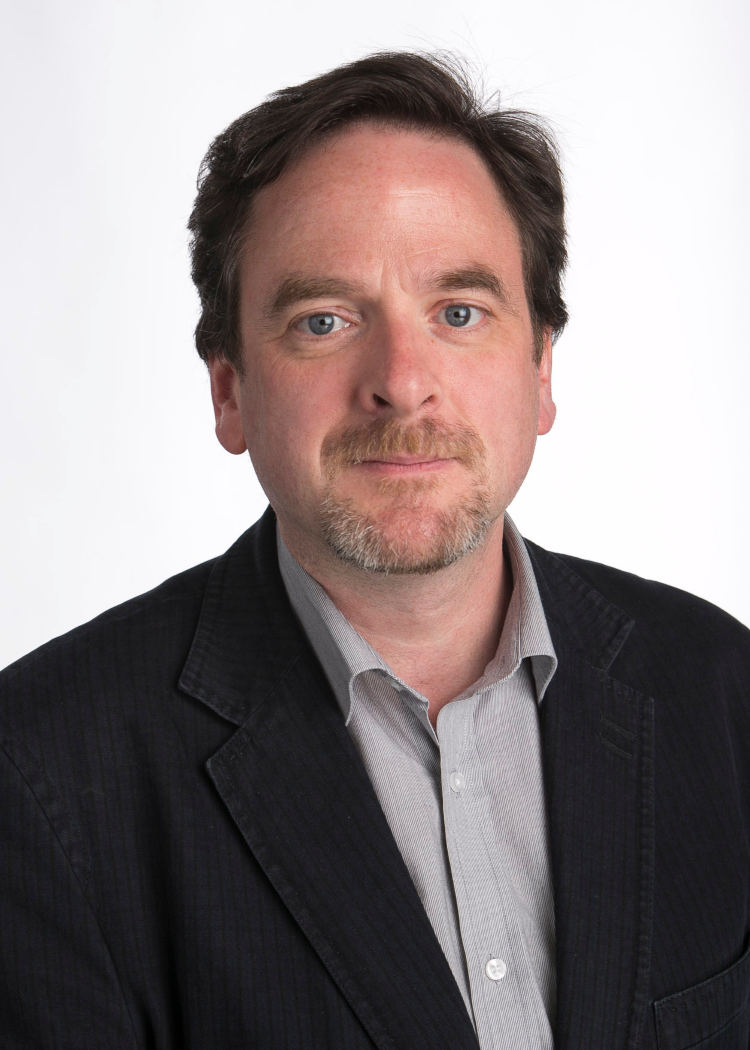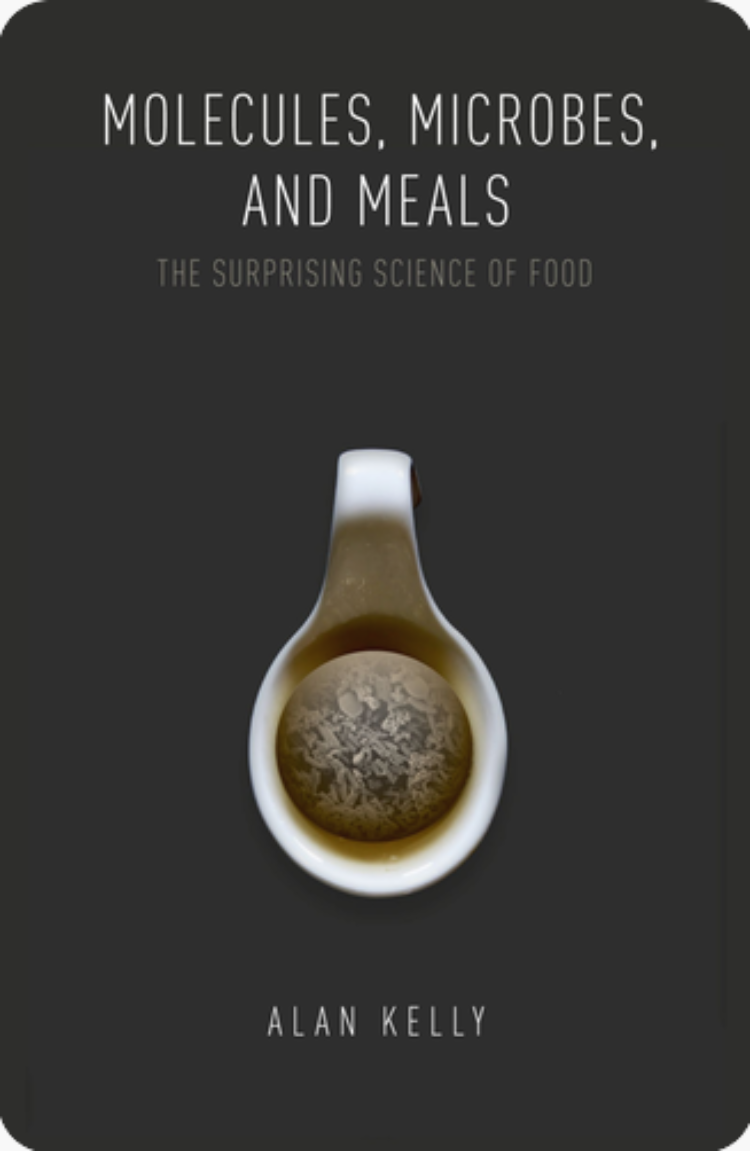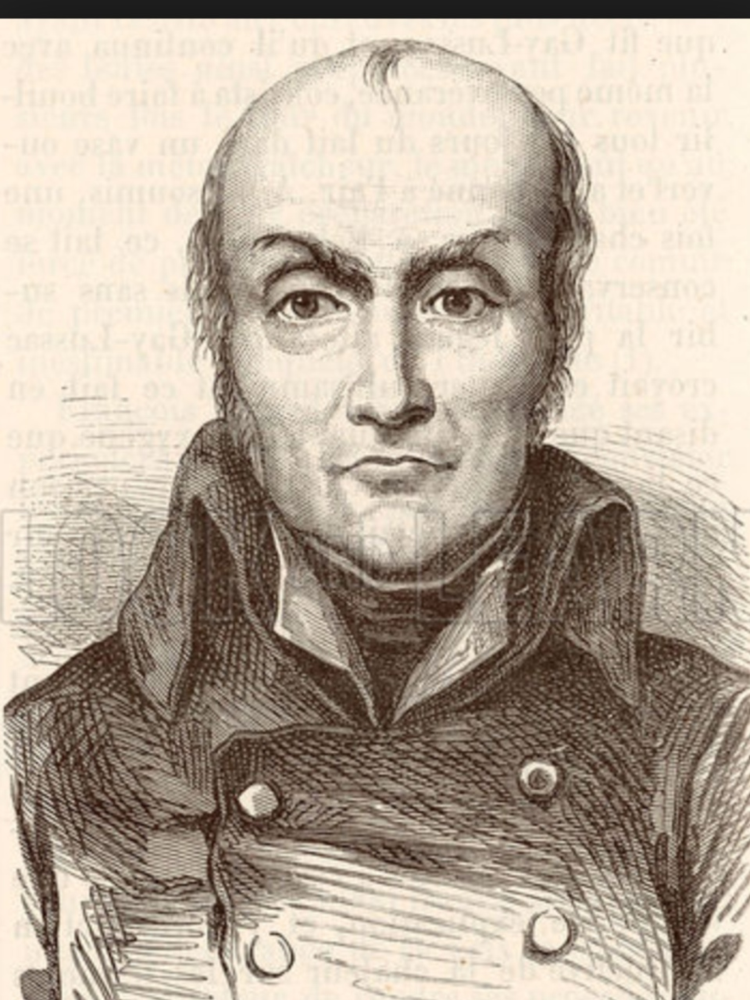Food Processing Myths Debunked by Cork Professor
Processed food has been with civilisation for centuries, the dominant belief that kitchen equals good and factory is bad needs to be challenged, and misunderstandings about food processing is leading to massive food waste, asserts a new book entitled ‘Molecules, Microbes, Meals – The Surprising Science of Food.’
Authored by Professor Alan Kelly, Food Scientist at University College Cork (UCC), the book seeks to dispel and challenge many of the myths around food science and food production. For example, food processing, the steps such as heating or drying taken to make food safe and stable, is often confused with processed food, with implications of nutritional inferiority and high levels of unhealthy components like salt and sugar.

“Processing is seen as being something that is used to make food less fresh, less natural, and so more suspicious. Even though we say we don’t want processed food, every food product, before it gets to your mouth, has been subjected to some form of processing and treatment that has a scientific basis. Even washing an apple, chilling sushi, or peeling a banana are forms of food processing, while the bag of salad we buy in a shop or market isn’t full of air as we might expect.”
Misconceptions around Food Processing
Common misconceptions around food processing are highlighted in the book;
‘Best before’ and ‘Use by’. In the European Union (EU), food packages can present either a “best-before” or “use-by” date. The difference between best-before and use-by dates is both huge and frequently misunderstood, and leads to huge amounts of wasted and unnecessarily discarded food. Products that has a “use-by” date should not be eaten, cooked, or frozen after this date, even if it looks (and smells) fine.
A “best-before” date, on the other hand, indicates to consumers that, after that date, the manufacturer will not claim that their ideal eating experience will be delivered. A best-before date does not indicate that the product should be discarded after that date, and it is quite likely that products will be fit (and safe) for consumption for quite some time after the stated date.

E-numbers have developed a somewhat negative connotation for many consumers and are regarded with suspicion, if not actually forming a basis for rejection of a food package. The allocation of an E-number actually simply indicates that a particular substance has been tested and determined to be safe for use in food. The system was developed in the 1960s, and while E-numbers are associated with food additives such as thickeners, emulsifiers and stabilisers, natural food-derived nutrients such as vitamins and lycopene from tomatoes also bear E-numbers.
Chemical Preservatives. Fluorene, Phenanthrene, Anthracene, Fluoranthene, Pyrene, Benzo(a)anthracene, Cyclopenta pyrene, Chrysene, Benzo(b) fuoranthene, Benzo(a)pyrene, and Benzo(g,h,i)perylene….all nasty chemical products? No – these are just molecules that can be found in Smoked Salmon. Just because a chemical looks unpronounceable and scary doesn’t mean that, if present at measurable but very low levels, it won’t taste nice at Christmas on a thin sliver of fish laid carefully on a piece of buttered brown bread. Traditional is not the opposite of chemical!
For thousands of years, we have added chemicals to food, like sugar to jam or salt to meat, or else exploited microbial processes that produced them in the food, like fermentation to produce acid or alcohol. In every such case, the reason these have persisted is because of the power of their chemical preservative effects (and, just maybe, in the case of some of them, because of some other popular side effects of the products of fermentation).
“It is a scary fact that the world is full of things we cannot see that seem to be designed to cause us horror, particularly when we deliver them directly and highly efficiently to our vulnerable insides by the super efficient method of shovelling them in with our food. On the other hand, thanks to thousands of years of experience and a few smart Frenchmen with prepared minds (and many other food scientists around the world since), we know pretty well how to make sure the nefarious plans of the microbial underworld come to nothing” commented Professor Kelly.
We have Napoleon and NASA to Thank for Safe Food Processing
The book highlights how we should thank the French emperor Napoleon for encouraging advances in food processing. The French leader offered a 12,000 franc prize for the development of breakthrough technologies to preserve food for his armies, which was claimed by a young chef called Nicholas Appert.

Appert proposed that food could be made safe by heating it in sealed glass containers (originally champagne bottles, how very French), and this successful theory was tested on French Navy ships on long voyages. Perhaps the pinnacle of Appert’s achievement came about when he exhibited an entire sheep preserved in a (presumably rather large) can. In recognition of his contribution to the field, the sterilization of canned food was for many years, and even occasionally still is, called “appertisation.”
NASA, from the earliest days of the space program, was also very concerned about food safety, the book highlights. This work commenced in the late 1950s and led to the development of what is called HACCP (Hazard Analysis of Critical Control Points), which today represents the core principle of how food production everywhere from the largest factory to the smallest takeaway (carryout) restaurant should be operated in a safe way.
Professor Kelly argues in the book that the science of food is much less appreciated in comparison to the art and cultural aspects of food. However, understanding the science behind what we eat can broaden our appreciation of it, states Professor Kelly, who compares the benefits of food science to the physicist Richard Feynman’s claim about how a scientist sees a flower. “All kinds of interesting questions which the science knowledge only adds to the excitement, the mystery and the awe of the flower. It only adds. I don’t understand how it subtracts.”
[perfectpullquote align=”full” bordertop=”false” cite=”” link=”” color=”#4AC1A8″ class=”” size=””]Suggested Reading: Trinity Lab Solves Hepatitis C Detection Problem[/perfectpullquote]
